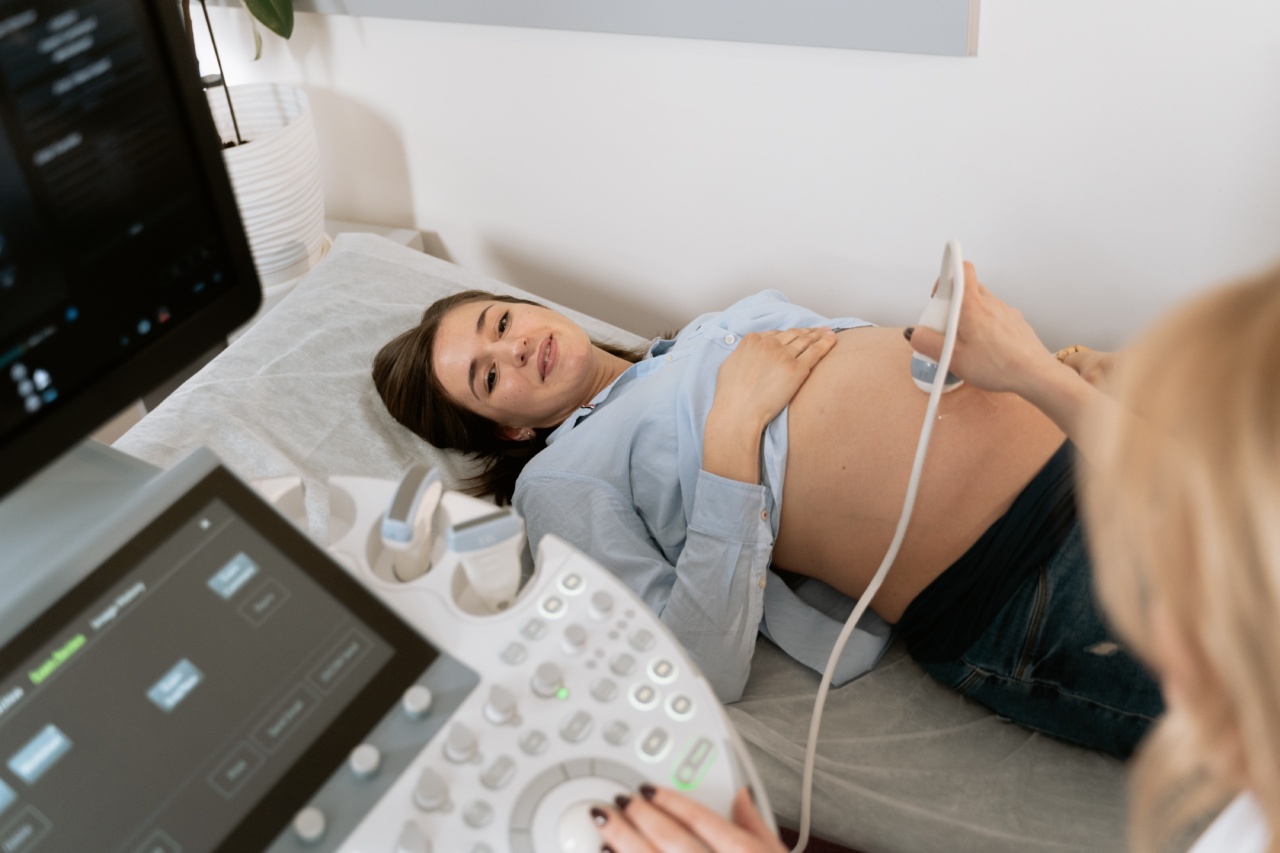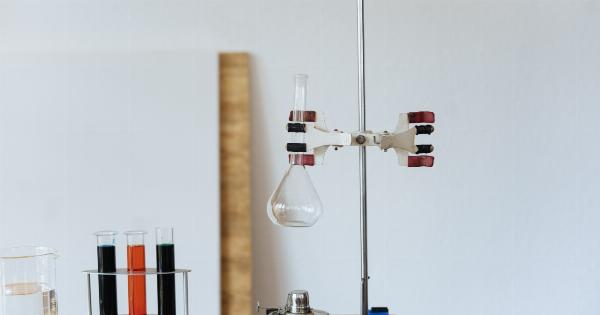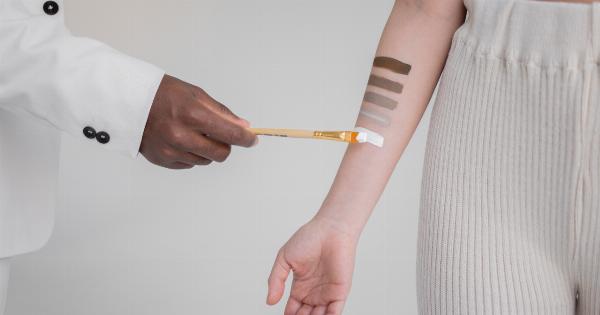Cervical cancer is a serious health concern for women, but early detection can greatly increase the chances of successful treatment.
The PAP test has been the standard screening method for cervical cancer for many years, but in recent years the HPV test has become increasingly popular. While each test can detect cervical cancer on its own, combining them can provide even better accuracy and peace of mind.
Understanding the PAP Test
The PAP test, also known as a PAP smear, is a procedure in which a healthcare provider collects a sample of cells from a woman’s cervix.
The cells are examined under a microscope to look for any abnormal changes that could indicate the presence of cancer.
During the PAP test, a speculum is inserted into the vagina to allow the healthcare provider to see the cervix. Then, a small brush or spatula is used to collect cells from the cervix. The samples are sent to a laboratory for analysis.
The PAP test is recommended for women beginning at age 21 and should be performed every three years until age 65.
Women who are at higher risk for cervical cancer, such as those who have a history of abnormal PAP tests or who have been exposed to HPV, may need to be screened more frequently.
Understanding the HPV Test
Human papillomavirus, or HPV, is a common sexually transmitted infection. Certain strains of HPV are known to cause cervical cancer.
During an HPV test, a healthcare provider collects a sample of cells from a woman’s cervix, just like during a PAP test. But instead of looking for abnormal cells, the samples are analyzed for the presence of HPV.
While the PAP test only checks for abnormalities in cells, the HPV test can detect the presence of HPV that could cause abnormal precancerous changes.
The HPV test is recommended for women beginning at age 30 and can be performed in conjunction with a PAP test.
The Benefits of Combining the PAP and HPV Tests
Combining the PAP and HPV tests can provide several benefits, including:.
- Increased accuracy: By combining the two tests, healthcare providers can identify abnormal cells and the presence of HPV that could cause future issues. The added information from the HPV test can help identify precancerous changes earlier, improving the chance for successful treatment.
- Better peace of mind: The added accuracy of the combined tests can provide better peace of mind for patients who may be at higher risk for cervical cancer. If both tests are negative, patients can feel confident that they are not at risk for cervical cancer.
- Reduced need for frequent testing: By combining the tests, women may be able to space out their screenings more effectively. Women who have negative results for both tests may only need to be screened once every five years.
Who Should Get Combined Testing?
The American Cancer Society recommends that women ages 30 to 65 receive combined PAP and HPV testing.
Women under 30 should receive a PAP test alone, as HPV is very common in this age group and often clears up on its own without causing any lasting issues.
Women who have a history of abnormal PAP tests or have a higher risk for cervical cancer, such as those with a compromised immune system or who were exposed to diethylstilbestrol (DES) before birth, may need to be screened more frequently.
What to Expect During Combined Testing
During a combined PAP and HPV test, the procedure is similar to a regular PAP test. A healthcare provider will use a speculum to open the vagina and collect cells from the cervix. The samples will be sent to a laboratory for analysis.
If either the PAP or HPV test comes back abnormal, further testing may be necessary to check for precancerous changes or cancer. Your healthcare provider will discuss the results with you and recommend next steps based on your individual situation.
Conclusion
Combining the PAP and HPV tests can provide healthcare providers with more information to identify precancerous changes earlier and improve the chances of successful treatment.
Women ages 30 to 65 should talk to their healthcare providers about combined PAP and HPV testing to determine if it’s right for them.





























